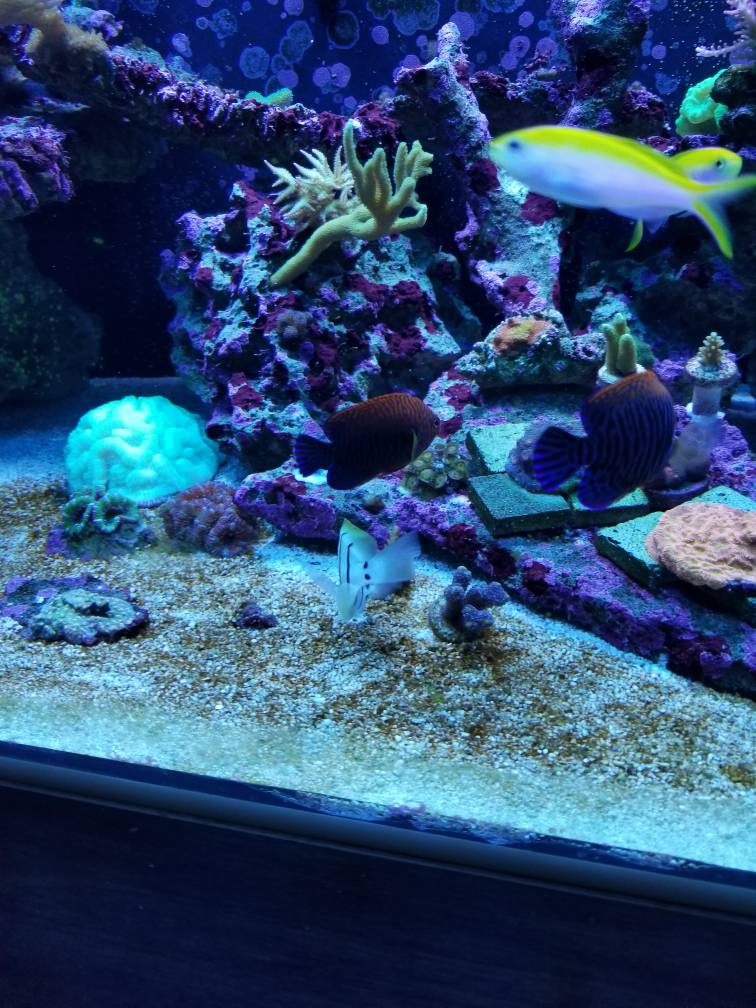GoVols
Cobb / Webb - 1989
View Badges
Reef Squad Leader
Excellence Award
Reef Tank 365
MTRCMember
Article Contributor
Hospitality Award
R2R Research
My Tank Thread
I don't know about distilled water.with topoff water yes I believe that Govols
ok, w verified topoff water next caveat, wal mart distilled heh
you can tell Im isolating away from brand of water being causative but yep I gotcha
I use RO/DI for my weekly water changes and top off water too.
















